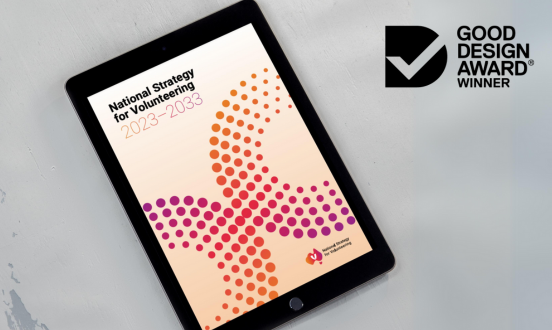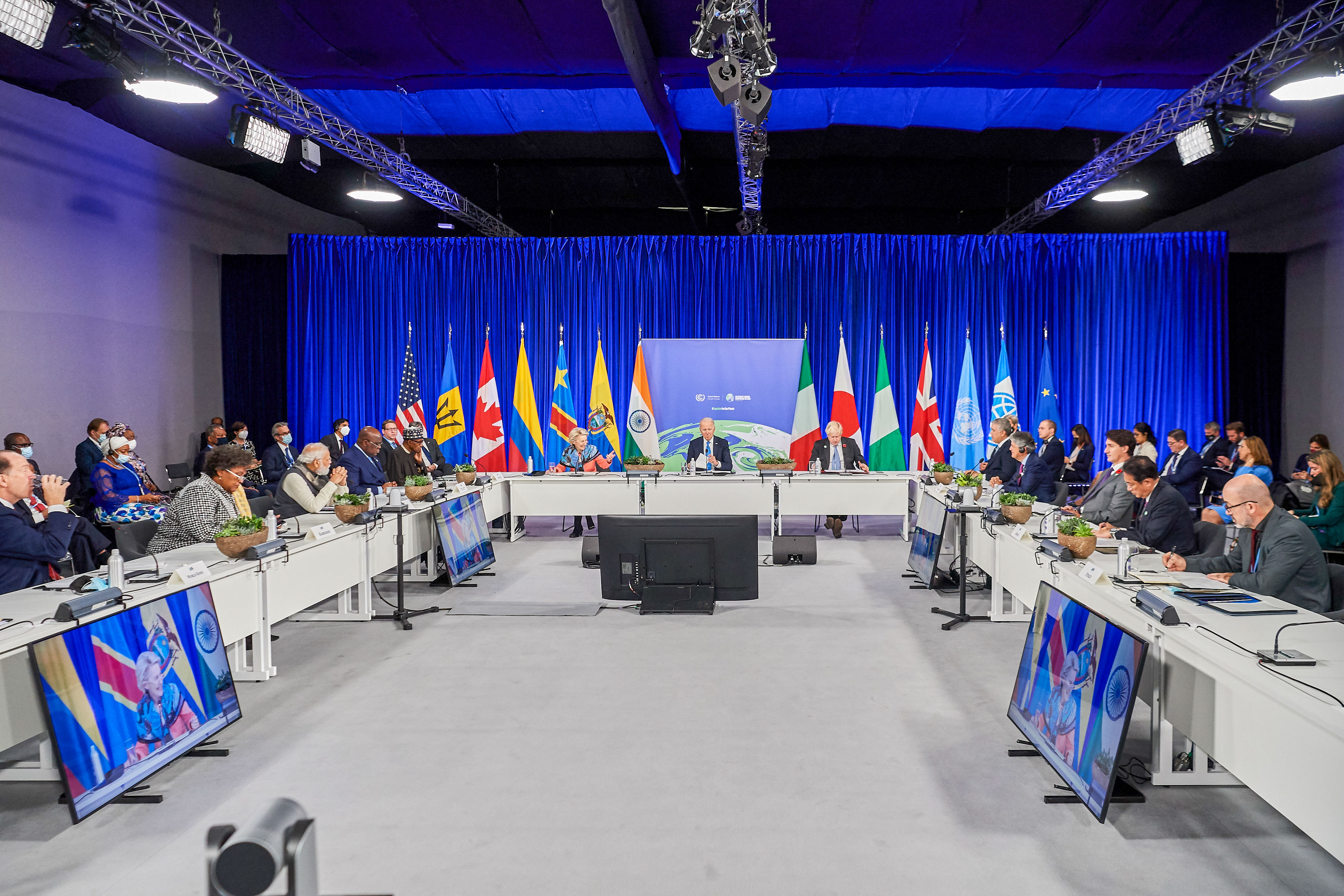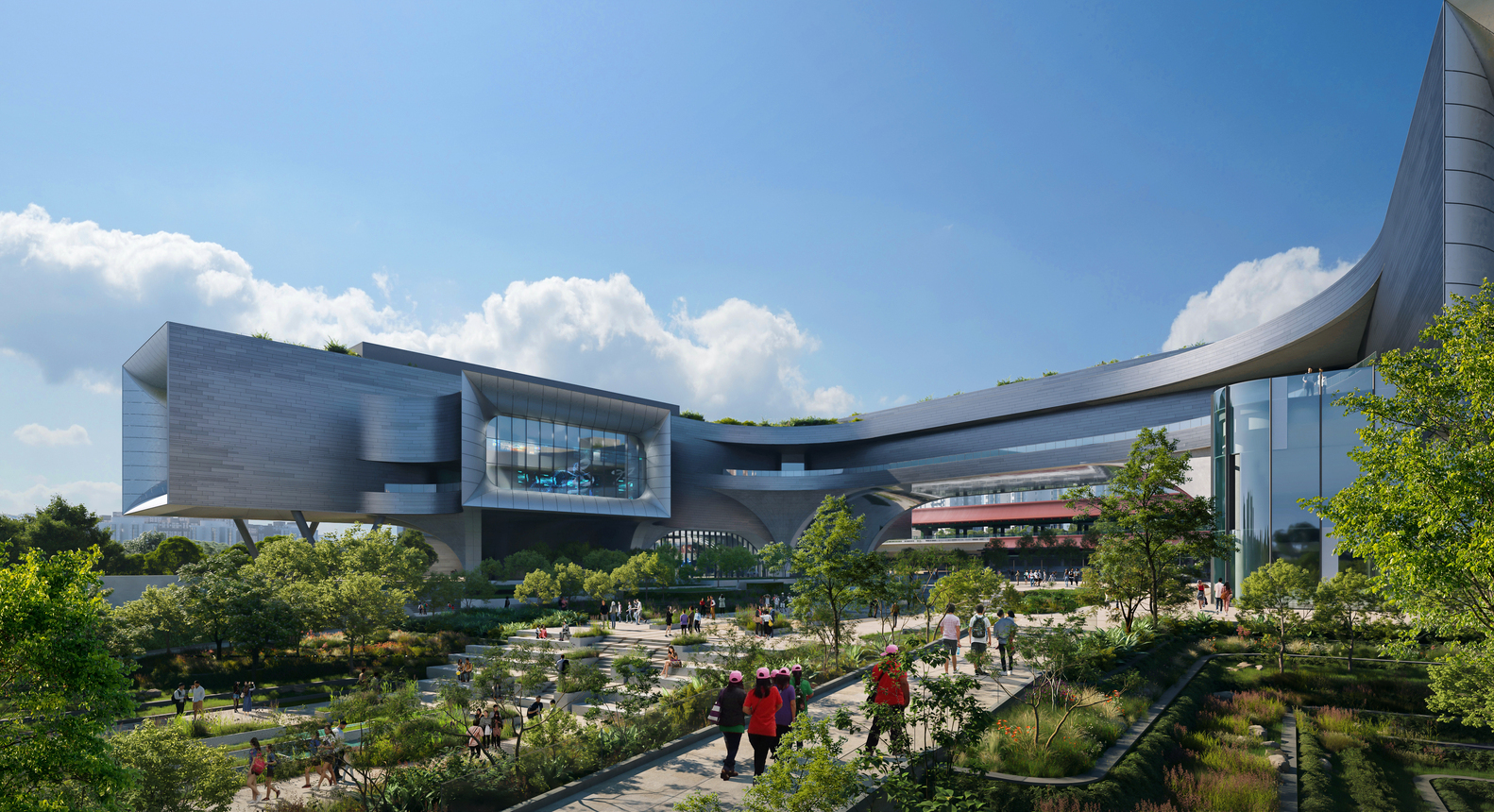Sectors
Transport, Cities and Infrastructure
Transport and infrastructure represent a significant, long-term investment for cities, regions and nations. Making decisions in this area means understanding both the need at the human scale, and also the strategic, integrated and cumulative vision that shapes lives, wellbeing, liveability, equity and economic prosperity.
At this moment, getting transport and infrastructure right requires:
- Significant engagement, co-design and social licence, to understand the needs of people and communities, and let their voice be part of the infrastructure journey.
- Understanding technology change – whether it’s the move towards autonomous vehicles or the need for smart infrastructure that can sense and respond to changing dynamics – and building for the future context.
- Environmental considerations, both in how infrastructure can avoid environmental impacts and enhance environmental outcomes – from emissions reduction and renewables integration to biodiversity protection.
- Resilience considerations, in the face of a changing climate and new and emerging risks to human safety, supply chain and economic security.
- Inclusiveness as part of construction and the end state of the investment, creating transport and infrastructure that works for all.
- Creation of employment opportunities for groups that are typically marginalised as part of the construction process and bringing a pipeline of new talent to infrastructure projects.
How we can help
- Co-design and vision-building: Engage with stakeholders and the community to create transport and infrastructure visions, strategies and major or local project blueprints that reflect the current and future needs of the community
- Resilience strategy: Create the governance, integration and strategic priorities needed to build preparedness and capacities for response, recovery and absorption to climate, economic and social shocks
- Geospatial digital experiences: Helping citizens, experts and decision-makers understand the environmental, social and built landscapes that frame new strategies, plans and developments
- Inclusive design: ensuring that transport meets the diverse needs and aspirations of their communities, across a range of demographics, ability levels and socioeconomic contexts
- Smart technologies blueprinting: Blueprinting the integration of smart technologies for transport and infrastructure that can sense, analyse and respond, including integration with enterprise systems that allow human intervention operationally, and on more strategic timeframes.
- Geospatial solutions: Design breakthrough geospatial solutions, that reveal needs and patterns and locate intelligence and social dynamics for better infrastructure and transport planning, storytelling and prioritisation
- Research: Conduct research with people – from transport and infrastructure users to those responsible for maintenance, compliance and planning – to build the mix of perspectives that can fuel good design
Case studies
View all case studies
A 10-Year Roadmap for Australian Volunteering
Read case study
Game-Changing Climate Resilience at COP26
Read case study